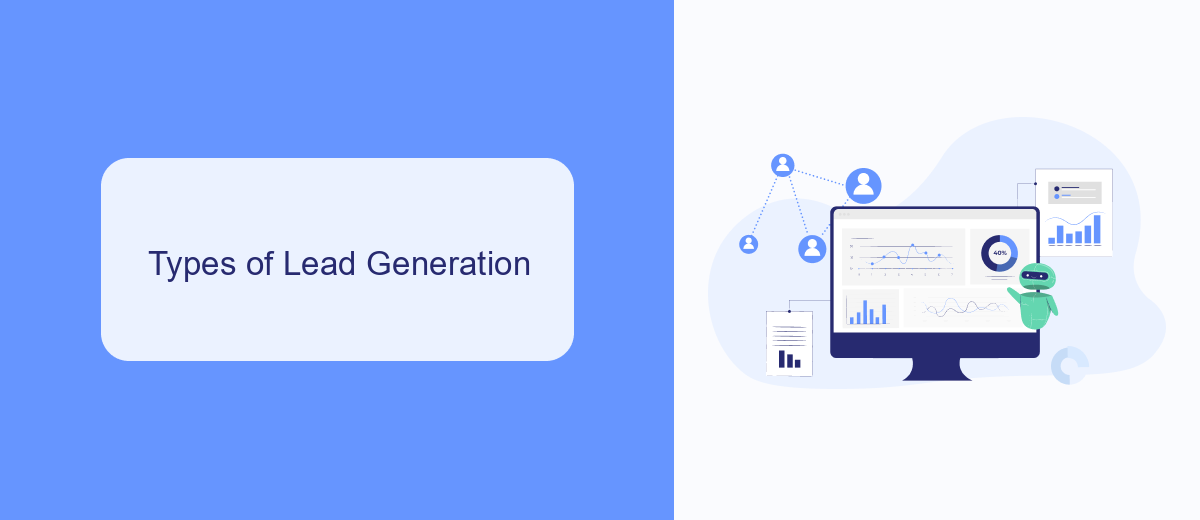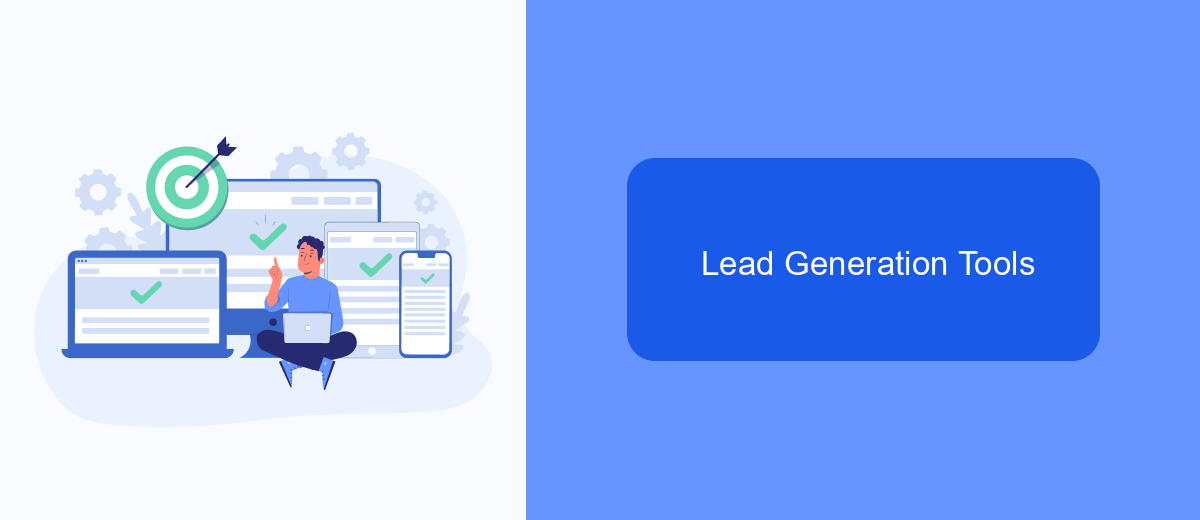Lead generation is the lifeblood of any successful business, driving growth and ensuring a steady stream of potential customers. By identifying and cultivating interest in products or services, companies can effectively convert prospects into loyal clients. This article delves into the essential strategies and tools for optimizing lead generation, helping businesses thrive in an increasingly competitive market.
Lead Generation Definition
Lead generation is the process of attracting and converting strangers and prospects into someone who has indicated interest in your company's product or service. This is achieved through various marketing strategies and techniques aimed at capturing the attention of potential customers and nurturing them through the sales funnel.
- Creating engaging content that addresses the needs and pain points of your target audience.
- Utilizing social media platforms to reach a broader audience and generate interest.
- Implementing email marketing campaigns to nurture leads and keep them engaged.
- Leveraging SEO techniques to drive organic traffic to your website.
- Using lead generation tools and services like SaveMyLeads to automate and streamline the process of capturing and managing leads.
Effective lead generation requires a strategic approach and the right tools to ensure that potential customers are not only attracted but also guided through the sales journey. Services like SaveMyLeads can greatly enhance this process by automating lead capture from various sources and integrating them seamlessly into your CRM, ensuring that no opportunity is missed.
Types of Lead Generation

Lead generation can be broadly categorized into two main types: inbound and outbound. Inbound lead generation focuses on attracting potential customers through content marketing, search engine optimization (SEO), social media, and other online strategies. This method seeks to draw prospects in by providing valuable information and resources that address their needs and interests, thereby creating a natural interest in the company's products or services. Examples of inbound tactics include blogging, creating informative videos, and hosting webinars.
Outbound lead generation, on the other hand, involves proactively reaching out to potential customers through direct methods such as cold calling, email marketing, and advertising. This approach is more traditional and often relies on a targeted list of prospects. To streamline outbound efforts and improve efficiency, businesses can leverage tools like SaveMyLeads. SaveMyLeads integrates with various platforms to automate the process of collecting and managing leads, ensuring that no opportunity is missed. By combining both inbound and outbound strategies, companies can effectively maximize their lead generation efforts.
Benefits of Lead Generation

Lead generation offers numerous advantages for businesses seeking to expand their customer base and increase revenue. By identifying and nurturing potential customers, companies can streamline their sales processes and achieve more efficient results.
- Increased Sales: Effective lead generation strategies help convert prospects into paying customers, boosting overall sales.
- Cost Efficiency: Targeted lead generation reduces the cost per acquisition by focusing efforts on high-quality leads.
- Enhanced Customer Insights: Gathering data on leads allows businesses to understand customer needs and preferences better.
- Improved ROI: By optimizing marketing efforts, companies can achieve a higher return on investment.
- Streamlined Integration: Tools like SaveMyLeads automate the integration of lead data into CRM systems, saving time and reducing manual errors.
Incorporating lead generation into your marketing strategy not only fosters growth but also builds a sustainable pipeline for future business opportunities. Utilizing platforms like SaveMyLeads can further enhance the efficiency and effectiveness of your lead management process.
Lead Generation Tools

Effective lead generation requires the right set of tools to streamline the process and maximize results. These tools help businesses capture, qualify, and nurture leads, ultimately converting them into loyal customers. By leveraging advanced technologies, companies can automate and optimize their lead generation efforts, saving time and resources.
There are various types of lead generation tools available, each designed to address specific aspects of the lead generation funnel. From capturing leads through forms and landing pages to nurturing them via email marketing and CRM systems, these tools play a crucial role in the overall strategy.
- Lead Capture Tools: Forms, landing pages, and pop-ups to collect contact information.
- Email Marketing Software: Automates email campaigns to nurture leads.
- CRM Systems: Manages and tracks interactions with potential customers.
- Integration Services: Platforms like SaveMyLeads that connect various tools and automate workflows.
Using a comprehensive suite of lead generation tools can significantly enhance your marketing efforts. Integration services such as SaveMyLeads simplify the process by connecting different tools, ensuring seamless data flow and automating repetitive tasks. This allows businesses to focus more on strategy and less on manual operations, leading to more efficient and effective lead generation.
Best Practices for Lead Generation
To achieve effective lead generation, it's crucial to identify your target audience and tailor your marketing strategies accordingly. Begin by creating detailed buyer personas to understand the needs, preferences, and behaviors of your potential customers. Use these insights to craft personalized content and offers that resonate with them, thereby increasing engagement and conversion rates. Additionally, leveraging social media platforms and SEO techniques can significantly expand your reach and attract more qualified leads.
Integrating various marketing tools and automating processes can streamline your lead generation efforts. Services like SaveMyLeads enable seamless integration between different platforms, ensuring that your leads are captured and managed efficiently. By automating lead capture and follow-up tasks, you can save time and reduce the risk of human error, allowing your team to focus on nurturing relationships and closing deals. Regularly analyze your lead generation metrics to identify areas for improvement and optimize your strategies for better results.
FAQ
What is lead generation?
Why is lead generation important for businesses?
How can I automate my lead generation process?
What are some effective lead generation strategies?
How do I measure the success of my lead generation efforts?
Personalized responses to new clients from Facebook/Instagram. Receiving data on new orders in real time. Prompt delivery of information to all employees who are involved in lead processing. All this can be done automatically. With the SaveMyLeads service, you will be able to easily create integrations for Facebook Lead Ads and implement automation. Set up the integration once and let it do the chores every day.
